
Office of the Fire Commissioner: Summer Fire Safety Alberta
Summer Fire Safety . It is possible to enjoy a sizzling hot summer without getting burned! When the time comes to haul out the barbecue, camping equipment and lawn mower, give some thought to this advice from the Fire Commissioner's Office; it could keep you a lot safer this summer.

LPG Gas Bottle Installation Location Regulations Propane
LPG gas bottle installation location regulations specify locations and clearances from sources of igniton and wall openings for your LPG gas bottles (propane tanks). LPG gas bottle installation propane tank installation location placement regulations states that ignition sources clearance must be kept a minimum safe distance from the LPG

10 Things You Didn't Know About Gas Stations
2. Gas stations don't make that much money off gas. They get only pennies per gallon after taxes and operating costs. In fact, gas station owners hate high gas

LIQUEFIED PETROLEUM GASES
separated from other installations by not less than 25 feet. Minimum distances between LP gas containers need not be applied. e. The following shall apply to above ground containers installed alongside buildings: 1. LP gas containers of less than a 125 gallon water capacity are allowed without a separation distance where in compliance with

EASTERN WASHINGTON UNIVERSITY GUIDANCE PROPANE
Propane gas is denser then air and when release will have a tendency to sink. In an enclosed area a buildup of propane can lead to a fire or explosion. If propane leaks into the ambient air the lower explosive limit (LEL) can be reached. As the figure below illustrates if the ambient air has % propane then a flash fire or explosion can occur.

CHAPTER 61 LIQUEFIED PETROLEUM GASES 2015 Virginia
Virginia Statewide Prevention Fire Code. a. Minimum distance for underground LP gas containers shall be measured from the pressure relief device and the filling or liquid level gauge vent connection at the container, except that all parts of an underground LP gas container shall be not less than 10 feet from a building or lot line of adjoining property that can be built upon.

Propane Bottle and LP Gas Cylinder Filling
Propane Cylinder Filling . Many people choose to have their propane cylinders filled at propane refueling stations rather than exchanging them at an available location. Cylinders that propane dealers most often fill are the 20 pound bottles commonly used for gas grills.

PROPANE PRACTICE TESTS Flashcards Quizlet
Start studying PROPANE PRACTICE TESTS. Learn vocabulary, terms, and more with flashcards, games, and other study tools. the distance between containers shall be _____. 3 feet. Copper tubing shall be _____. In case of accident or fire at any location where an LP gas system or equipment is involved, or any accident involving LP gas

Propane and Liquified Petroleum Gas Regulations
Propane and Liquefied Petroleum Gas Regulations CHAPTER 13. PROPANE AND LIQUEFIED PETROLEUM GAS Dispensing station Fixed equipment with an aggregate of 2,000 or less gallons of water capacity where LPG is stored and dispensed into portable containers. maintenance and filling of propane tanks and cylinders at the plant and at the

Code of Practice for Liquefied Petroleum Gas Filling
4.4 Physical Dimensions of LPG Filling Station 4.5 Separation Distance from Surrounding Buildings 4.6 Separation Distance Between LPG and Petrol/Diesel Filling Facilities 4.7 Fire Service Requirements 11 11 11 11 12 12 12 13 SECTION 5 DESIGN 5.1 General 5.2 LPG Storage Tank 5.3 Concrete Chamber for LPG Storage Tank

Propane Tank Location Requirements Legal Beagle
Most, if not all, communities have property line setback restrictions for propane tanks. These stipulate the minimum distance between a tank and a property line. According to the National Fire Protection Association, tanks with a capacity of 501 gallons to 2,000 gallons cannot be

Practical guidelines for determining electrical area
The main components and systems in a CTG power plant that are vulnerable to fire or explosion follow. Fuel gas systems. These include the gas receiving station, gas analyzer system, gas compressor

How far away from a propane tank does a bonfire pit need
How far away from a propane tank does a bonfire pit need to be? I remember taking a school trip to the local fire station once and seeing a map they had of what would happen if the local

Standards Division North Carolina Department of
LP Gas laws are in Sections 119 54 through 119 61. Click here (LP Gas Law) and scroll down to the desired section. Click here (LP Gas Regulations) to see the LP Gas Regulations. Or you may click here to see a letter that summarizes the requirements for use of propane at these events. 11. Underground Propane Tank Removal/Abandoning If you have

CHAPTER 61 LIQUEFIED PETROLEUM GASES 2015 International
International Fire Code. a. Minimum distance for underground LP gas containers shall be measured from the pressure relief device and the filling or liquid level gauge vent connection at the container, except that all parts of an underground LP gas container shall be not less than 10 feet from a building or lot line of adjoining property that can be built upon.

Fire & Explosion Risks in Service Stations
Graphic 2: Example of a plan view of a petrol station illustrating hazardous area zones EX rated equipment required in all identified zo nes. Each site must carry Fire & Explosion Risks in Service Stations out a site specific assessment. DIESEL PUMPS EXAMPLE OF HAZARDOUS ZONE DRAWING REQUIRED FOR A TYPICAL PETROL FILLING STATION DIESEL PETROL

OSHA Open Flame Standards
This activity typically involves using a compressed gas contained in a metal cylinder. OSHA standards require that the cylinder in use must be kept clear of any flame, sparks or hot slag. If this is impractical due to the work area, the cylinder must be protected with a fire resistant shield.

STANDARDS FOR INSTALLTION OF PROPANE TANKS
STANDARDS FOR INSTALLTION OF PROPANE TANKS NFPA 58 Table 6.3.1 Separation distanced between containers, important buildings and other properties. Footnote a: Distances for mounded or underground tanks shall be measured from the pressure relief valve and the filling connection.

NFPA 58 FAQs National Fire Protection Association
Storage of LP‐Gas is covered in NFPA 58, Liquefied Petroleum Gas Code, while storage of flammable liquids is covered in NFPA 30, Flammable and Combustible Liquids Code. minimum distance between the tanks? 6.4.1. The fire safety analysis is described in .3.

Above Ground Petroleum Storage Tank Manual & NC Fire
Above Ground Petroleum Storage Tank Manual & NC Fire Codes Small K 1 secondary containment type tanks at service stations need only comply with NC Fire Code section 2206.2.3.1 NFPA 58 governs the installation of bulk LP Gas tanks. The distances given are based on the

Texas RRC Regulations
In addition to the Commission’s LP Gas Safety Rules, the Commission has adopted by reference the National Fire Protection Association’s Liquefied Petroleum Gas Code (NFPA 58 2008 edition) and National Fuel Gas Code (NFPA 54 2006 edition). These publications may be purchased from NFPA.

Propane Tank Distance Rules and Requirements
The transfer of propane during the filling process results in residual liquid release between the tank fill valve and the hose end connection upon completion of transfer. When the hose is unhooked from the tank, liquid is released into the atmosphere. For this reason, the point of transfer is subject to distance requirements. Relief Valve Distances

NFPA 58 Requirements for Dispensers Ray Murray
NFPA 58 Requirements for Dispensers 2001 edition From points of transfer in LP Gas dispensing stations and at vehicle fuel dispensers 10 (b) From other points of transfer 25 G Driveways 5 Distance Table 3.2.3.3 Distance Between Point of Transfer and Exposures.

NCDA&CS Standards Division LP GAS CONCERNS
It is not for the fire safety analysis required LP Gas bulk plants. For the fire safety analysis information, go to section 11 on this page. Structures around or over propane containers are not permitted unless specifically allowed, as required in the LP Gas Code in section 6.5.4.1 (2017 edition). This means that each site where an enclosure is

Petrol World Bangladesh: Govt To Replace CNG With
For establishing autogas stations on the opposite side of a road, the distance between two gas stations inside a city corporation area or a district town should be at least one kilometre, and it should be two kilometres otherwise.

Requirements for the Clearance Around Propane Tanks eHow
Homeowners who decide to install a propane tank on their property need to be aware of a few safety guidelines. The National Fire Protection Agency (NFPA) has established a set of rules that govern the requirements for the clearance around propane tanks in the NFPA 58 Liquefied Petroleum Gas Code.

Propane tank distance rules Find the best propane deal
Point of transfer distance rules. The NFPA defines the point of transfer as “the location where connections and disconnections are made or where LP Gas is vented to the atmosphere in the course of transfer operations”. Filling a tank releases propane into the atmosphere (between the tank fill valve and the hose end connection). Therefore

The Research about Fire Prevention of Vehicle Refuelling
The Research about Fire Prevention of Vehicle Refuelling Stations combustion or explosion can occur if there is fire source. 2.2 The fire risk of gas filling station 2.2.1 Fire risk of the gas fuel. non station house building or facility should not be arranged in the fuel refilling operations area of the refuelling stations, the fire

Storage of Flammable, Oxidizing and Other Gas Canisters
Storage of Flammable, Oxidizing and Other Gas Canisters . noncombustible materials with a ½ hour fire resistance rating is built between the two Section 3404.2.9.6.3 of the IFC states that the minimum horizontal separation between an LP gas container and a Class I, II, IIIA liquid storage tank is 20 feet except in the case of

CHAPTER 61 LIQUEFIED PETROLEUM GASES
Distributors shall not fill an LP gas container for which a permit is required unless a permit and proximity to buildings, capacity of proposed LP gas containers, degree of fire protection to be provided and capabilities of the local fire department. In applying the distance between buildings and ASME LP gas containers with a water

Review For
a. Minimum distance for underground LP gas containers shall be measured from the pressure relief device and the filling or liquid level gauge vent connection at the container, except that all parts of an underground LP gas container shall be not less than 10 feet or more from a building or lot line of adjoining property which that can

NFPA 58 Flashcards Quizlet
Start studying NFPA 58. Learn vocabulary, terms, and more with flashcards, games, and other study tools. Search. the individual must immediately cease performing which LP gas activities? the railing and any part of an LP gas transfer system or the clearance between the railing and a retail cylinder filling or service station installation?

Avoiding propane tank placement issues : LP Gas
Avoiding propane tank placement issues. December 19, the tank is placed in clear violation of the code and contributes to the ensuing fire or explosion. Yet it is more often the case that the tank code violation does not contribute to the gas leak but is used to place the propane marketer in a bad light. We also see aboveground LP gas

Article 514 Motor Fuel Dispensing Facilities
Article 514 Motor Fuel Dispensing Facilities. By Mike Holt, for EC&M Magazine. Imagine how terrible it would be if you were putting gas in your company truck or your personal automobile, and the gas dispensing station erupted into a ball of fire.

Propane LP Gas Tank Install, Fill, & Safety Observations
How & Where to Install LP Gas Tanks (propane or bottled gas tanks) Above Ground LP Gas Tank Observations & Gas Tank Safety Recommendations How Does the LP Gas Company Fill the LP Gas Tank at a Building? How & Where to Install above ground or buried LP Gas Tanks LP Gas cylinder gauge reading guide LP Tank safety tips for homeowners; how to describe propane tank or LP tank

Storage and Handling of Gas Cylinders Guidelines
Cryogenic vapour could also be considered as a gas but is dealt with in a separate document. Refer to . Low Pressure Cylinders Low pressure cylinders come in a variety of sizes, see Figure 2. Fire or explosion from the release of flammable gases near ignition sources (e.g. acetylene

ARF: Fire Safety: Minimum Safe Distances
Minimum Safe Distances. (Min. distance for a large unwanted fire is 500 feet.) 190 feet. Propane tank fire. (If the fire is out of control, the minimum distance is 600 feet.) 200 feet. Minimum radius for Class B ( ) effects such as roman candles. These have a fallout distance of 100'.

Separation Distances in NFPA Codes and Standards
Rich Craig, Compressed Gas Association Stephen Haines, Haines Fire & Risk Consulting Corp. PROJECT SPONSORS separation distance specifications can be based on historical information, investigation of an accident, Separation Distances in NFPA Codes and Standards .

HSE: LPG Separation distances
For further guidance on location and spacing for vessels and requirements concerning fire wall provision reference should be made to LP Gas Association COP 1 part 1 and with respect to buried or mounded vessels LP Gas Association COP 1 part 4.

OFFICE OF THE STATE FIRE MARSHAL
Bulk Site Bottle Fill Vehicle Filling RV Camper Filling ☐ Private use ☐ Retail ☐ Other: the distance between the point of transfer and the exposures shall be as follows: Table 6.5.3 From points of transfer in LP Gas dispensing stations and at vehicle fuel dispensers. 10 (2) From other points of transfer. 25 (c) G . Driveways (d) 5 H .

PROPANE CHECKLIST Fire Marshal
11 Propane 1 PROPANE CHECKLIST LP Gas containers or systems of which they are a part shall be protected from damage from vehicles. stationary position, the distance between the point of transfer and the exposures shall be in accordance with 6.5.3. 08 58/ 6.5.3

MN Rules Part
Subpart 1. General distance. The minimum isolation distances in item A or B must be maintained during construction, repair, or sealing of a well or boring, and installation of a pipe with flammable or volatile gas, an overhead or underground electric transmission, distribution, service, supply, feeder, branch, or conductor line hereafter called "electric line" or "line," or a liquid propane

Lawriter OAC 1301:7 7 61 Liquefied petroleum gases.
1301:7 7 61 Liquefied petroleum gases. (A) Section 6101 General (1) 6101.1 Scope.Storage, handling and transportation of liquefied petroleum gas (LP gas) and the installation of LP gas equipment pertinent to systems for such uses shall comply with this rule and NFPA 58 as listed in rule 1301:7 7 80 of the Administrative Code.

Fire Protection for Liquefied Petroleum Gas (LPG
In developing fire protection methods and guidelines for liquefied petroleum gas (LPG) storage facilities, the chief concern is a massive failure of a vessel containing a full inventory of LPG.

LP Gas Cylinder Storage Requirements Quick Tips #139
The Occupational Safety and Health Administration (OSHA) addresses the storage and handling of LP gas in 29 Code of Federal Regulations (CFR) National Fire Protection Association (NFPA) standard on LP gas, NFPA 58 Liquefied Petroleum Gas Code, covers the storage, handling, transportation, and use of LP gas.

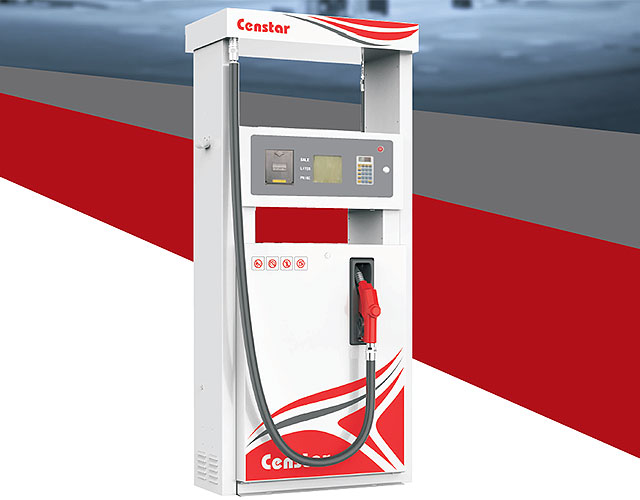
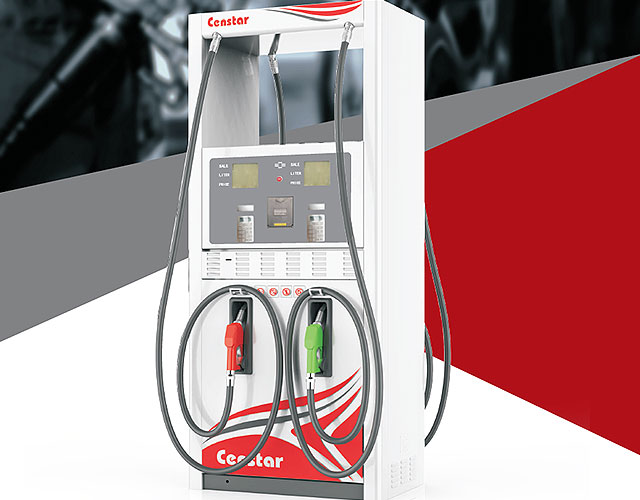
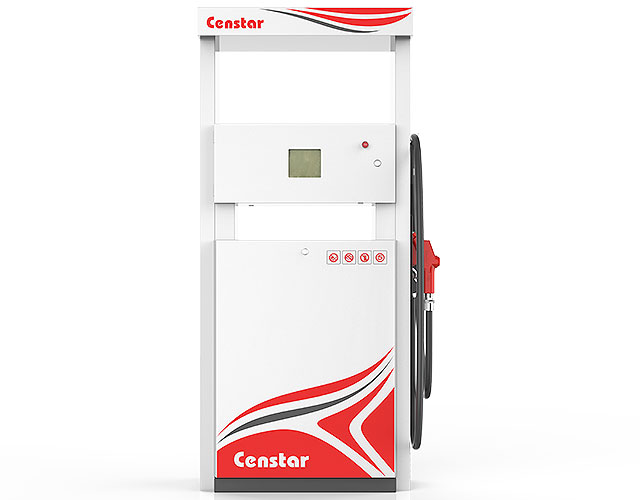

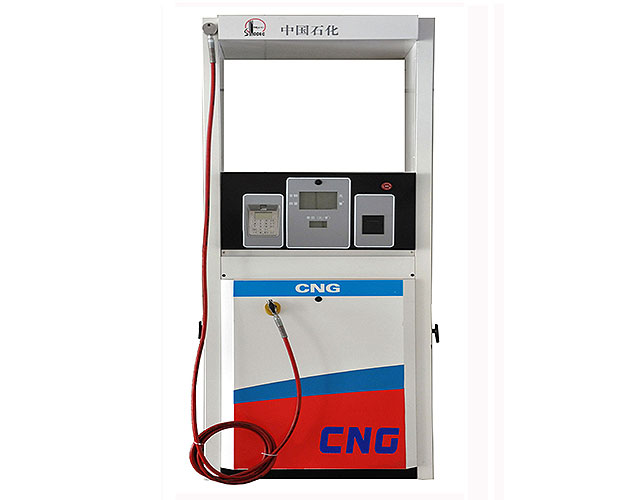
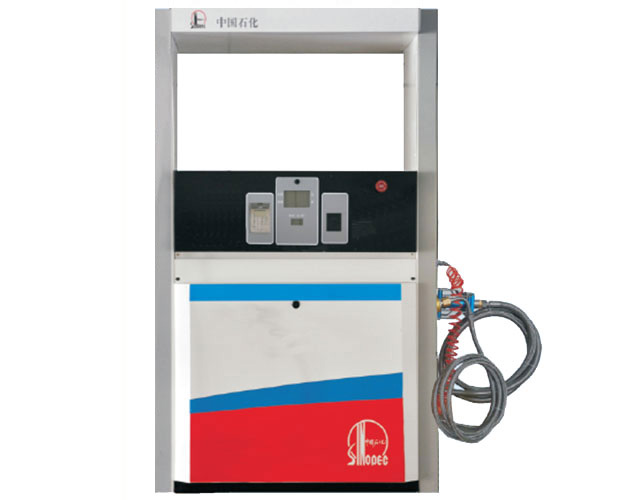
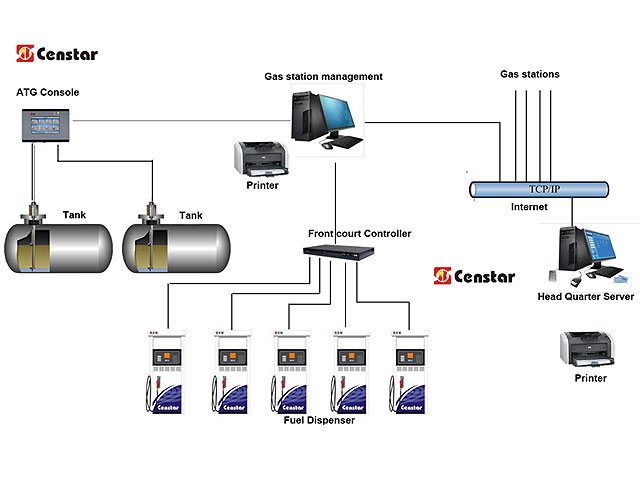
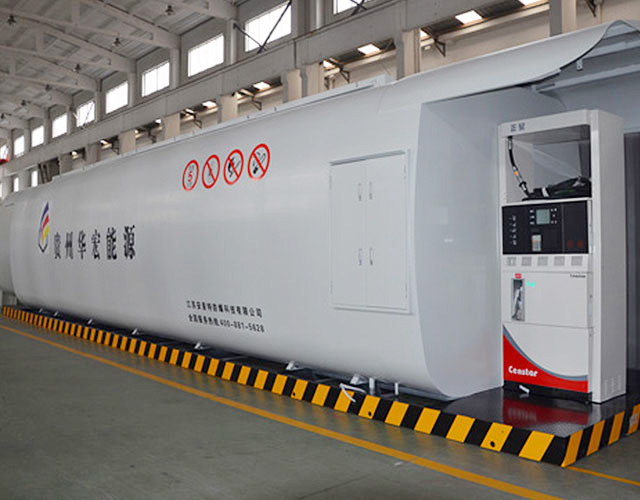
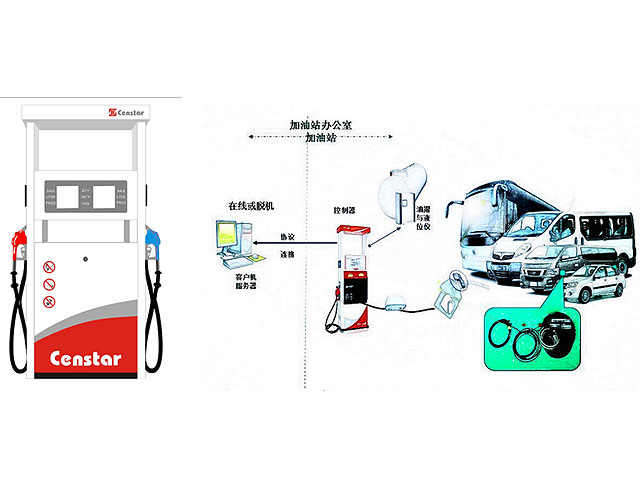
 Message
Message tel
tel Inquiry
Inquiry